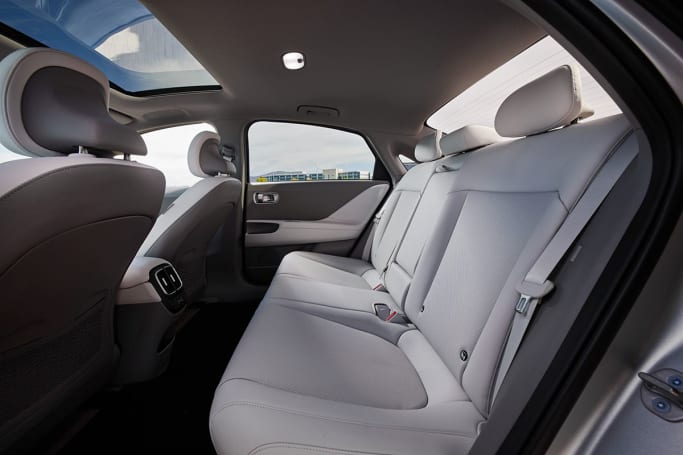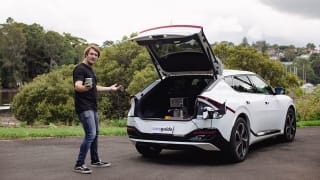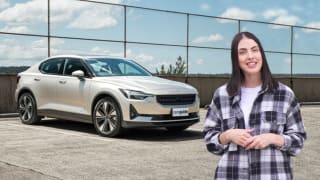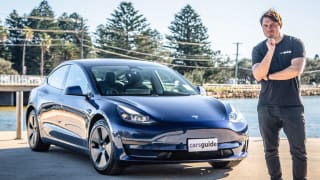Lots of cars are said to be “shaped by the wind” but all you have to do is look at the Ioniq 6 to know that in this case it’s 100 per cent true.
In fact, images of the car in Hyundai’s wind tunnel show it performing more like a perfectly shaped wing than a four door sedan.
With a drag co-efficient (Cd) of 0.21 it’s slicker than the ultra low-drag Tesla Model 3 and Porsche Taycan. And while not conventionally pretty it’s certainly a striking and unusual design.

Flush door handles? Of course. Carefully sculpted spoilers front and rear? Yep. Active air flaps? Check. The RWD Dynamiq’s 18-inch alloy rims are shaped for aero efficiency, while the top-spec Epiq grade even swaps out conventional side mirrors for super-cool digital cameras and interior OLED screens.
And the sleek looks continue inside with a two-section dash divided horizontally by a swoopy winged insert and topped with a pair of 12.3-inch screens covering multimedia and instrumentation.
The look and feel is minimalist. A lot of the controls are on screen or digital, but a physical dial for audio volume gets a big safety and convenience tick.
No gearshift in the bridge-like centre console. A rotary stalk is located behind the steering wheel on the right-hand side.
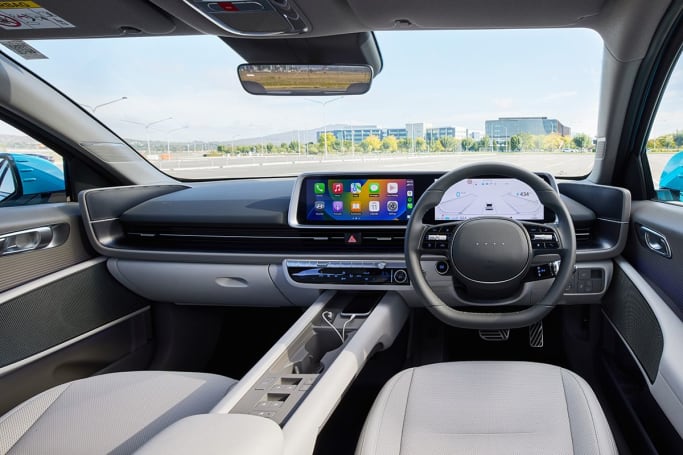
There’s configurable ambient mood lighting with six pre-selected themes and the materials used inside are suitably eco-friendly.
Cloth seat trim is recycled PET plastic, as is the headliner, the dashboard skin is manufactured using bio-ethanol, the carpet is made from recycled fishing nets (!), and bio paint (partially derived from vegetable oils) is used on the doors.
Yes, there’s leather, but its dyeing process uses biodegradable flaxseed oil rather than conventional pigments, which is a good thing in terms of fewer harmful microorganisms in waste water, and is claimed to reduce CO2 emissions by 3.8kg per car.
On the outside, recycled pigment paint made using ‘end-of-life’ tyres is applied to the body cladding, and bamboo charcoal pigment paint is used in the ‘Digital Green’ pearl colour option.
Speaking of which, there are seven other colours available; three more pearl shades - ‘Abyss Black’, ‘Ultimate Red’ and ‘Biophilic Ink’, as well a single metallic ‘Nocturn Gray’ and a solid ‘Byte Blue’. ‘Gravity Gold’ matt finish is the only extra-cost choice at $1000.











